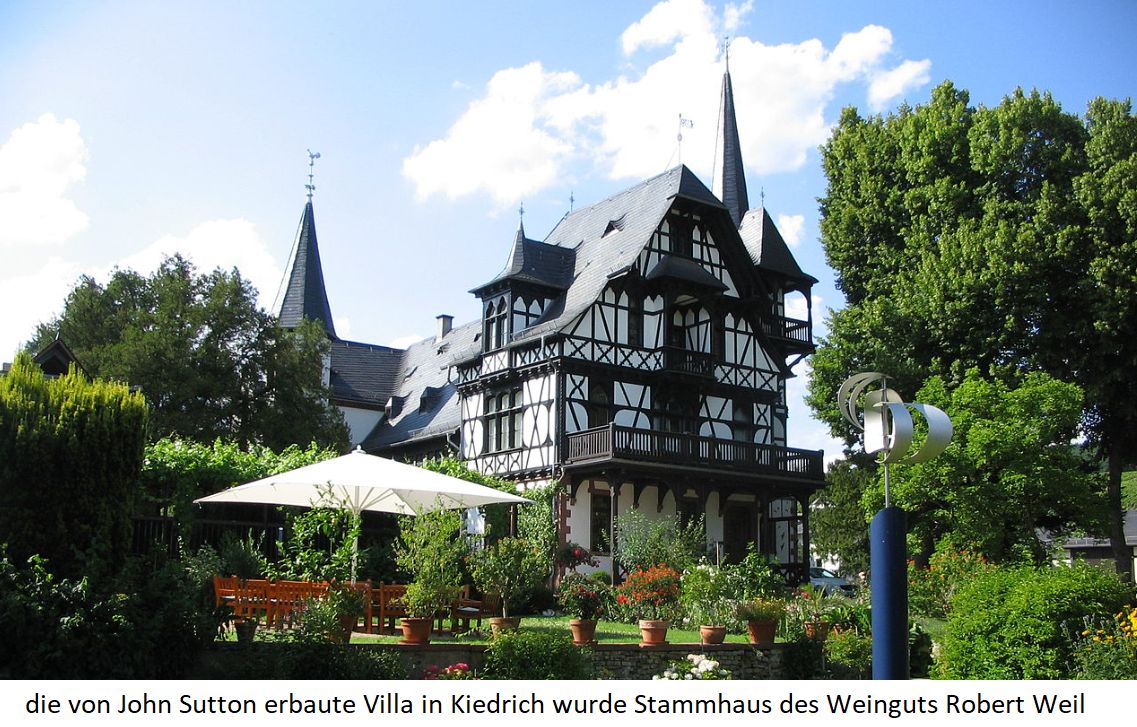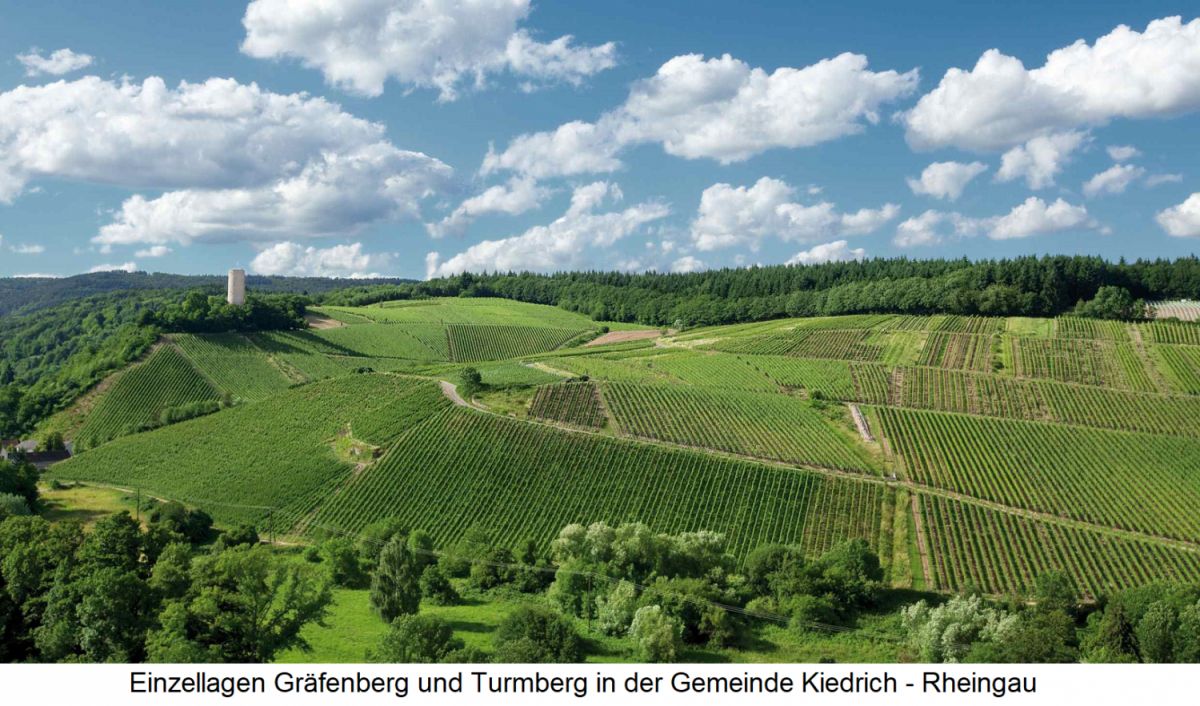currently 165,583 Wines and 25,034 Producers, including 3,179 classified producers.
 0.75 L
0.75 L
 0.75 L
0.75 L
 0.375 L
0.375 L
 0.375 L
0.375 L
 0.375 L
0.375 L
 0.375 L
0.375 L
The winery is located in the municipality of Kiedrich in the German wine-growing region of Rheingau and was founded in 1875 by Dr Robert Weil (1843-1933). There are also family roots in the well-known Bernkastel winegrowing dynasty of Prüm. The estate was considerably expanded through the purchase of the two vineyards Nilkens and Buschmann, the villa of the aristocratic English art patron Sir John Sutton (1820-1873) shown in the picture, which became the ancestral home, as well as vineyards owned by the Count of Fürstenberg. A Riesling from the 1893 vintage from the Gräfenberg vineyard made the estate widely famous. At that time, the Auslese from the Kiedrich hill was supplied to many of Europe's imperial and royal houses. In 1900, for example, the Vienna Court Economic Office bought 800 bottles of this wine for the Habsburg imperial court for a bottle price of 16 gold marks. Incidentally, the treasury of the house stores the top wines of the great vintages back to that legendary Auslese. The 1920 vintage of the Kiedricher Gräfenberg Trockenbeerenauslese is called Zeppelin wine because it was on board the airship "Graf Zeppelin LZ 127" when it circumnavigated the world in 1929.

In 1988, the Japanese beverage company Suntory acquired a majority stake in the estate. Today, the estate is run in the fourth family generation by the founder's great-grandson Wilhelm Weil (estate director, oenologist). Clemens Schmitt and Philipp Bicking are responsible for the vineyards, Christian Engel and Fabian Kretschmer for the cellar. The vineyards cover 90 hectares in the VDP-classified Kiedrich single vineyard sites Gräfenberg, Klosterberg and (under sole ownership) Turmberg and others. They are 100% planted with the Riesling variety, in which the winery specialises. The quality-promoting measures in the vineyard include cover crop, exclusively organic fertilisation, pest control with biodegradable, environmentally compatible agents, and complete renunciation of herbicides. Further quality factors are yield restriction through restrictive pruning, double thinning, early negative selection and extremely selective harvesting, usually not before the beginning of November. The complex harvest often takes eight to ten weeks with several harvesting processes. When picking the noble rotten grapes, the harvesters already sort them separately according to three degrees of rottenness.

In the cellar, the grapes are picked berry by berry. The must is pre-clarified by natural sedimentation. Fermentation takes place for six to twelve weeks in temperature-controlled stainless steel tanks and in traditional Rheingau barrels. During reductive ageing, the longest possible contact with the fine yeast is used. In accordance with the VDP classification model, the wines are marketed as estate wines (Robert Weil), local wines (Kiedricher Flächen), Erste Lagen (Klosterberg and Turmberg) and from the Grosse Lage as Grosse Gewächse (Gräfenberg). Traditionally, the noble sweet wines from Auslese to Trockenbeerenauslese are among the top products of the house. They are marked with a gold capsule and sold at auctions for top prices. The winery is a member of the VDP (Association of German Prädikat Wine Estates).